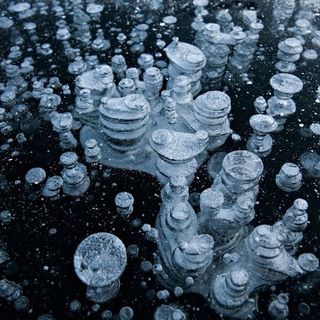Artificial lighting should be treated just like any other form of pollution because of the disruptions it causes to the health and day-to-day functioning of various plants and animals — including humans — say the researchers of a new study.
“What stands out is how pervasive the effects are. The effects were found everywhere — microbes, invertebrates, animals, and plants. We need to start thinking about lighting in the way we think of other big systemic pressures like climate change,” Kevin Gaston, a professor at the University of Exeter’s Environment and Sustainability Institute, and co-author of the study, told The Guardian.
Published in the journal Nature Ecology and Evolution, the research analyzes 126 peer-reviewed studies to understand the impact of artificial illumination by humans on plant and animal species. The researchers found that artificial lighting is changing breeding cycles and pollination, behavioral and activity patterns (in both nocturnal and diurnal creatures), vulnerability to predators, and hormone levels (including those that regulate sleep cycles), across a broad range of species, including humans. While certain species of plants and animals did benefit from nighttime illumination, the researchers noted that overall, most were impaired.
Further, researchers found the disruption is growing. “The area experiencing direct emissions from artificial light sources is estimated currently to be expanding at approximately 2% per annum, with localities that were previously lit brightening further at a similar rate,” the paper notes.
Related on The Swaddle:
Blue Light Emitted by Gadgets May Kill Brain Cells, Accelerate Aging
Urging governments, companies, and individuals to use artificial lights more sparingly, Gaston explained that solving the lighting problem would actually save us money since using fewer lights means using less electricity, which not only leads to lower costs, but also lower emissions.
Experts argue that with smart, calculated changes, we can cut down on unnecessary artificial lighting. “… at night, when most of us are asleep, all that electricity could be going to do other things — charging electric vehicles, for example,” Christopher Kyba, a physicist at the German Research Center for Geoscience who authored a recent paper on nighttime light emissions, told the BBC. He blamed billboards, floodlights, default lighting in buildings, facade lighting, and sports stadiums for a significant contribution to light emissions. “[Cutting down on artificial lighting] is the kind of thing that can be done with a little bit of cleverness and the will to take action. That’s really important information for policymakers and light pollution activists,” Kyba concluded.
“At the heart of this is a deep-rooted human need to light up the night. We are still in a sense afraid of the dark. The ability to turn the nighttime into something like the daytime is something we have pursued far beyond the necessity of doing so,” Gaston remarked, adding: “We need to think in terms of using [artificial lighting] only when we need it, where we need it and how we need it. It is another pollutant.”




